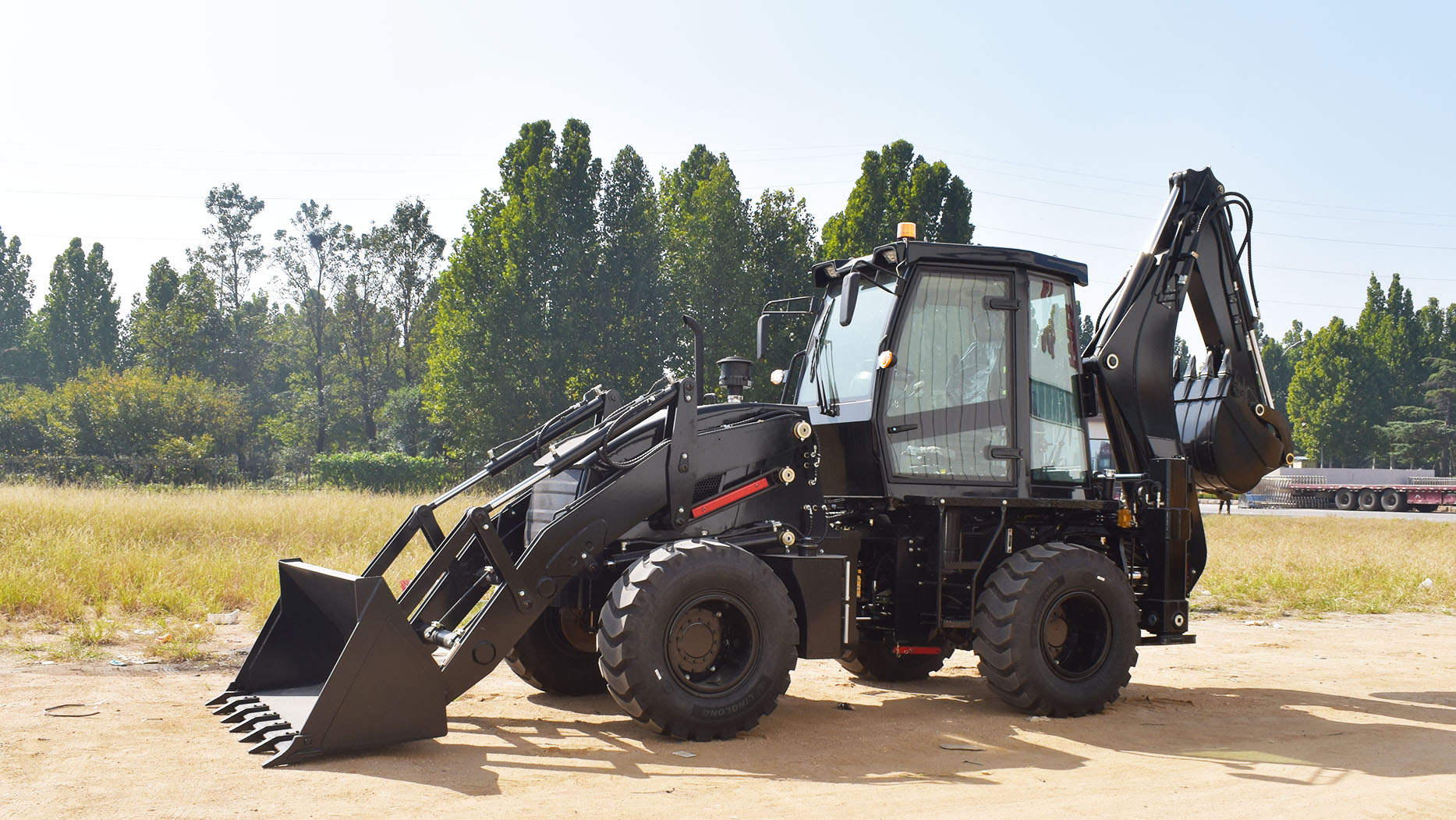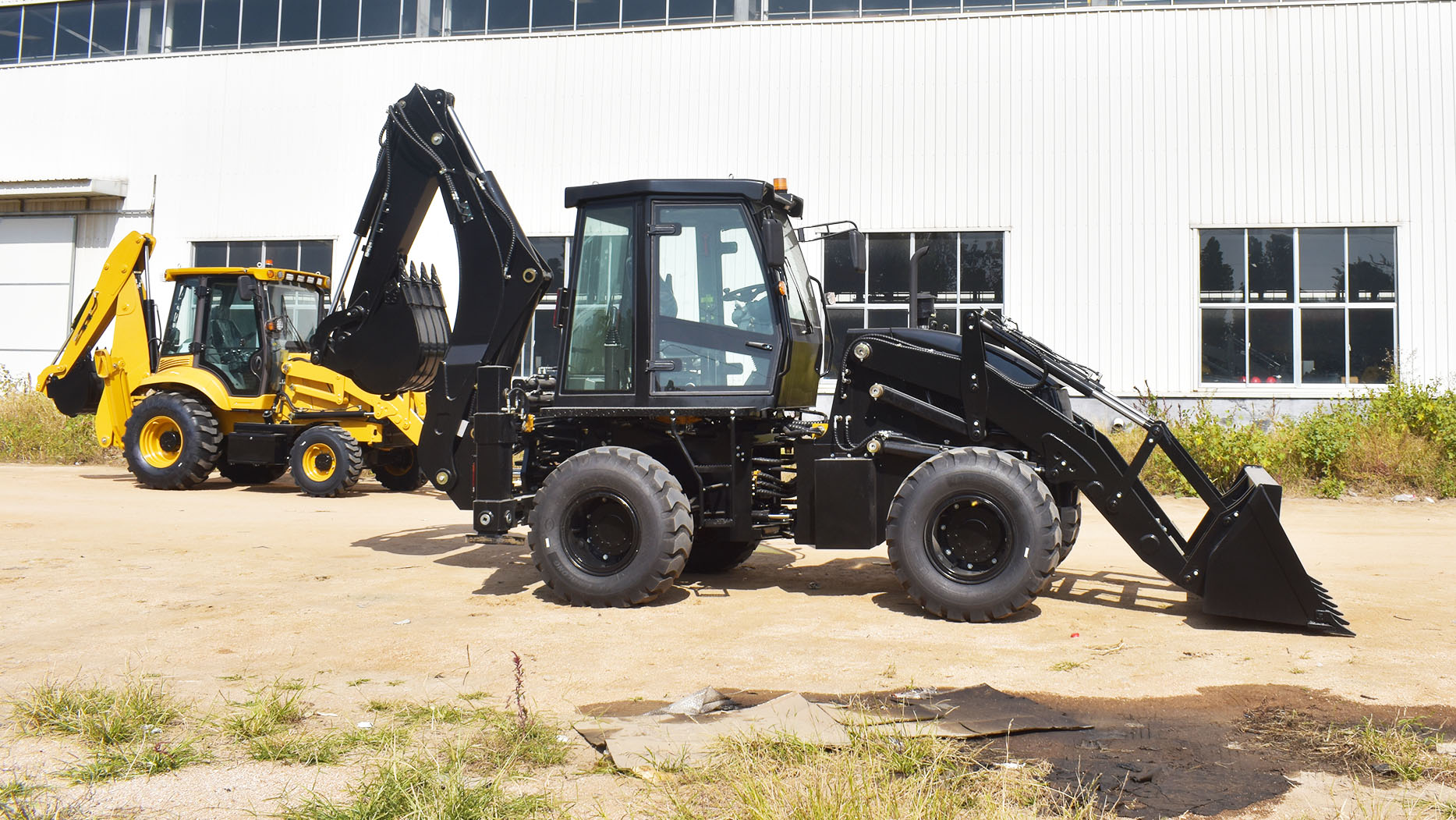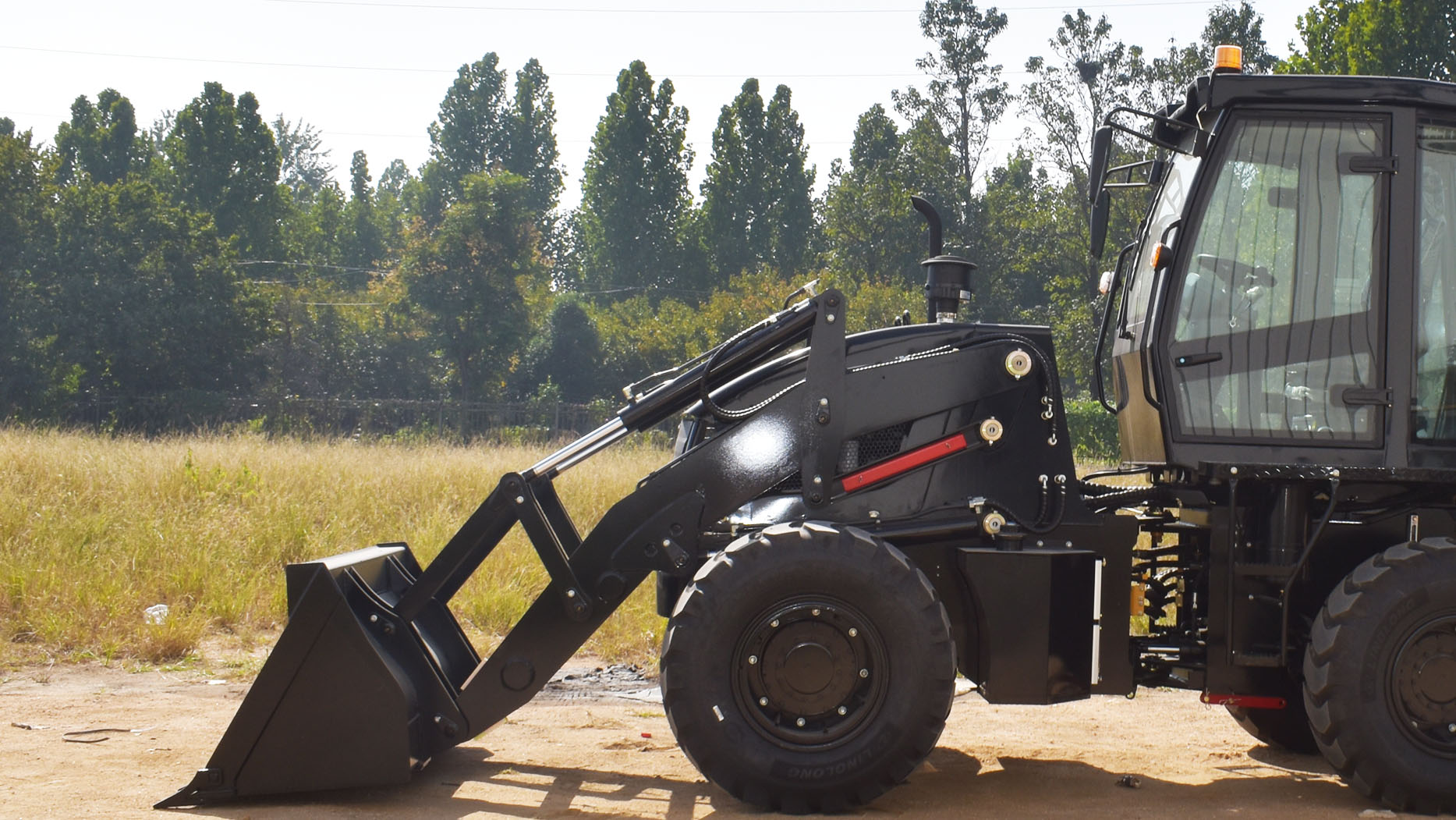The backhoe loader, a versatile and indispensable piece of heavy machinery, plays a critical role in construction, agriculture, and various other industries. Its ability to dig, load, and transport materials makes it a workhorse on any job site. However, like any complex machine, proper maintenance is paramount to ensure its longevity, performance, and safety. This article provides a comprehensive guide on how to maintain a backhoe loader, covering essential checks, procedures, and best practices.
I. Daily Pre-Operation Checks:
Before starting the backhoe loader each day, a thorough visual inspection and basic checks are crucial. These checks prevent minor issues from escalating into major breakdowns.
Fluid Levels:
Engine Oil: Check the engine oil level using the dipstick. Ensure it's within the recommended range. Low oil levels can lead to engine damage.
Hydraulic Fluid: Inspect the hydraulic fluid level in the reservoir. Ensure it's at the correct level, as insufficient fluid can affect the backhoe and loader's performance. Also, check for any signs of leaks or contamination.
Coolant: Verify the coolant level in the radiator and expansion tank. Ensure it's adequate to prevent overheating.
Transmission Fluid: Check the transmission fluid level, following the manufacturer's instructions.
Fuel: Ensure sufficient fuel for the day's work.
Visual Inspection:
Inspect all hoses and lines for leaks, cracks, or damage. Pay close attention to hydraulic hoses, as they are under high pressure.
Check for loose bolts, nuts, and fittings. Tighten any that are loose.
Examine the tires for proper inflation, cuts, or damage. Ensure lug nuts are tight.
Inspect the loader bucket and backhoe boom for cracks, dents, or wear. Check the teeth and cutting edges for sharpness and damage.
Inspect the ROPS (Roll Over Protective Structure) for damage.
Check for any signs of leaks underneath the machine.
Functionality Checks:
Test the lights, horn, and other electrical components to ensure they are working correctly.
Operate the loader and backhoe controls to verify smooth and responsive operation.
Test the brakes.
II. Regular Maintenance Procedures:
Regular maintenance is essential to keep the backhoe loader in optimal condition. Follow the manufacturer's recommended maintenance schedule, which typically includes:
Engine Maintenance:
Oil and Filter Change: Change the engine oil and filter at the recommended intervals. This removes contaminants and ensures proper lubrication.
Air Filter Replacement: Replace the air filter regularly to prevent dirt and debris from entering the engine. A clogged air filter can reduce engine performance and fuel efficiency.
Fuel Filter Replacement: Replace the fuel filter to remove impurities and prevent fuel system problems.
Coolant Flush and Replacement: Flush and replace the coolant at the recommended intervals to prevent corrosion and maintain proper cooling.
Valve Adjustment: Check and adjust valve clearances as needed to ensure proper engine operation.
Hydraulic System Maintenance:
Hydraulic Fluid and Filter Change: Change the hydraulic fluid and filters at the recommended intervals. Contaminated hydraulic fluid can damage hydraulic components.
Hydraulic Hose Inspection: Regularly inspect hydraulic hoses for wear, cracks, and leaks. Replace any damaged hoses immediately.
Hydraulic Cylinder Inspection: Check hydraulic cylinders for leaks and damage. Repair or replace any damaged cylinders.
Transmission and Drivetrain Maintenance:
Transmission Fluid and Filter Change: Change the transmission fluid and filters at the recommended intervals.
Differential and Axle Fluid Change: Change the differential and axle fluid at the recommended intervals.
Grease all of the grease fittings.
Brake System Maintenance:
Brake Inspection: Regularly inspect the brakes for wear and damage.
Brake Fluid Check: Check the brake fluid level and condition.
Adjust the brakes as necessary.
Tire Maintenance:
Tire Pressure Check: Check tire pressure regularly and inflate to the recommended pressure.
Tire Inspection: Inspect tires for cuts, punctures, and wear. Rotate tires as needed to ensure even wear.
Check lug nut torque.
Lubrication:
Greasing: Grease all lubrication points regularly, including pivot points, bearings, and joints. This prevents wear and corrosion.
Use the correct type of grease.
III. Seasonal Maintenance:
Seasonal changes can impact the backhoe loader's performance. Perform seasonal maintenance to ensure it's ready for varying conditions:
Winterization:
Check the antifreeze concentration to ensure it's adequate for cold temperatures.
Inspect the battery and charging system. Cold weather can reduce battery performance.
Use winter-grade lubricants.
If applicable, install a block heater.
Summerization:
Check the cooling system for leaks and proper operation.
Clean the radiator and condenser to ensure proper airflow.
Check the air conditioning system (if equipped).
IV. Component-Specific Maintenance:
Loader Bucket:
Inspect the cutting edge and teeth for wear. Replace worn components as needed.
Check the bucket cylinders for leaks and damage.
Check the quick coupler for proper function.
Backhoe Boom and Arm:
Inspect the boom and arm for cracks and damage.
Check the pins and bushings for wear. Replace worn components as needed.
Inspect the hydraulic cylinders for leaks and damage.
Electrical System:
Inspect wiring for damage and loose connections.
Check the battery for corrosion and proper charge.
Test all lights and electrical components.
V. Safety Considerations:

Lockout/Tagout Procedures: Follow lockout/tagout procedures before performing any maintenance to prevent accidental startup.
Personal Protective Equipment (PPE): Wear appropriate PPE, including safety glasses, gloves, and hearing protection.
Proper Lifting Techniques: Use proper lifting techniques when handling heavy components.
Working Under Raised Equipment: Never work under raised equipment without proper support.
Manufacturer's Manual: Always refer to the manufacturer's manual for specific maintenance instructions and recommendations.
VI. Record Keeping:
Maintain detailed records of all maintenance performed, including dates, procedures, and parts replaced.
This helps track maintenance history and identify potential problems.
VII. Professional Inspections:
Schedule regular professional inspections by a qualified technician.
Professional inspections can identify potential problems that may be missed during routine maintenance.
By adhering to these maintenance guidelines, you can ensure that your backhoe loader operates efficiently, reliably, and safely for years to come.
Post time:Feb.20.2025


